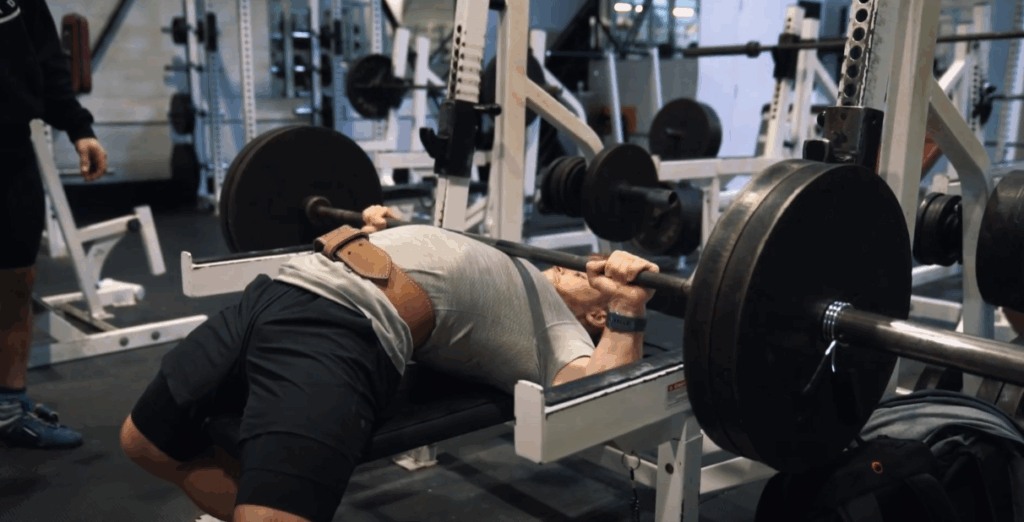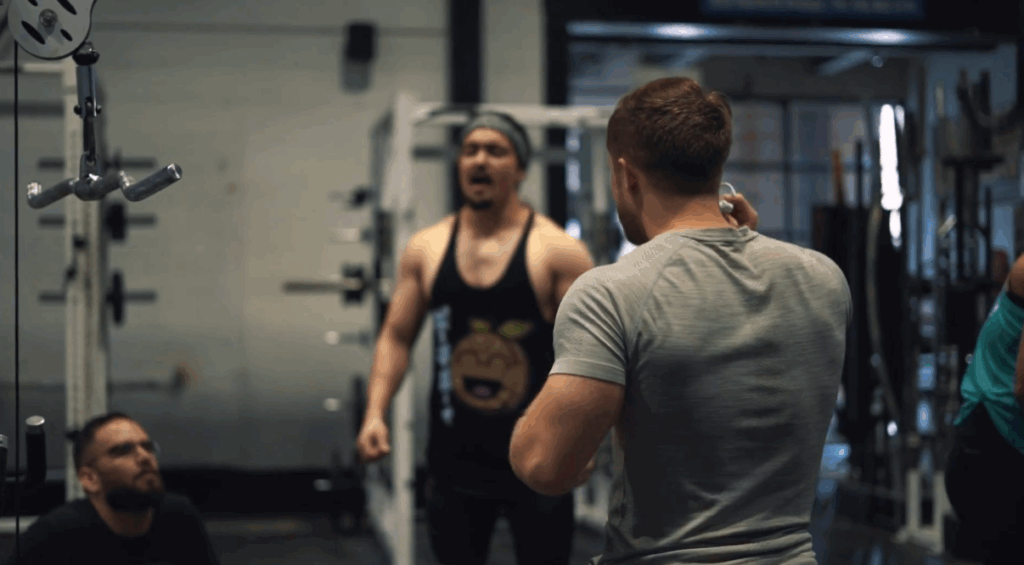As a fitness professional with years of experience helping others reach their physique and performance goals, I believe that how you live outside the gym matters just as much as what you do in your workouts. Recently, I spent a few days in Toronto—balancing writing, training, eating, and exploring the city. Here’s a snapshot into how I maintain structure and make progress even while traveling.
Morning Routine: Writing, Coffee, and Grocery Run
The day started early with cool June weather greeting us in Toronto. It felt surprisingly brisk—about 15°C—which was a stark contrast to the Florida heat I’m used to. Despite the chill, I kicked things off productively, dedicating my morning to working on a long-term project: a fundamentals book that compiles my key training principles and content into a single comprehensive guide. I’ve been sharing the journey on social media, and based on feedback, I’ll be creating a print edition for those who prefer physical copies.

After that writing session, we made our way to grab some coffee. While I usually lean toward Tim Hortons, we went with a local spot for convenience. I grabbed my usual high-protein breakfast sandwich—egg white, spinach, and decent macros to start the day.
Then came a quick grocery run. Traveling means improvising meals, but I still aim to build balanced, nutrient-dense meals even without my usual kitchen setup. My go-to while away is intuitive eating paired with strategic food selection—lean proteins, fibrous fruits, and high-volume vegetables. I picked up some deli meat, milk for coffee, fresh fruit, and a few staples to prepare two solid meals a day, supplementing with quick snacks and protein shakes as needed.
Pre-Workout Fuel and Gym Meetup
Later in the afternoon, I linked up with Omar—a long-time YouTuber I’ve followed for years known for his evidence-based training insights. We planned to train together, so I prepped a fast, efficient meal beforehand: a turkey sandwich on grain-rich bread, blackberries, kale salad, and an apple for extra carbs. A scoop of pre-workout and we were off to Fortis Gym, one of Toronto’s hardcore lifting spots.
Upper Body Training: Bench and Arms
Despite being an “arm day,” we began with close-grip bench press—a movement I integrate even on isolated training days. It’s a great compound lift that emphasizes the triceps while still allowing me to build pressing strength. We worked up to a heavy top set using a pyramid approach—staying around RPE 8 for all sets to manage fatigue while still pushing intensity.
After pressing, we transitioned into biceps work. I always prioritize biceps before triceps on these days since biceps remain a weaker point for me. The first movement was an EZ-bar curl for three controlled sets of 6–8 reps. Here, I focus on maintaining strict form, especially during the eccentric phase, to maximize tension.
Next came one of my personal favorite intensity techniques: what I call the “death curl method.” We used incline dumbbell curls with one-second pauses at both the top and bottom of each rep. After reaching near failure around 15 reps, we held the weight statically at 90 degrees for 15 seconds to flood the muscle with tension and metabolic stress. It’s not magic—but it delivers a killer pump and is a great hypertrophy stimulus.
We closed out the biceps work with three high-rep sets of Bayesian cable curls—another staple in my arm programming to target the long head of the biceps through a stretched position.

Finishing Strong: Triceps and Overhead Extensions
After hammering the biceps, we turned our attention to triceps. First up was a straight bar cable pressdown—my preferred variation when trying to progressively overload due to its stability. We hit three heavy sets, again focusing on controlled lowering and driving the elbows through full extension.
To wrap up, we incorporated a single-arm overhead triceps extension. This allowed me to isolate each side, ensuring balanced development and preventing asymmetry. I’ve noticed one side tends to lag slightly in strength, so this unilateral approach helps correct that.
Post-Workout and Reflections
The session was one of the best I’ve had in a while. Training with someone who shares a deep passion for fitness and education made the energy even better. After the lift, we filmed a video for Omar’s channel discussing programming strategies and why I’ve added a dedicated arm day into my current upper/lower split. Arms recover quickly, and their low systemic fatigue means you can train them hard without compromising recovery from your bigger lifts.
In fact, I often float my arm day into what would typically be a rest day. Since the recovery cost is minimal, it allows me to keep progressing without disrupting the broader split. On this day, I also moved some pressing work (normally done on upper day) to the arm session just to keep my weekly structure flexible.
Lifestyle Balance: Shopping, Steps, and Intuitive Nutrition
After training, we headed downtown for some shopping at the Eaton Centre. Being active all day helps when you’re eating intuitively—by this point I was already at 13,000+ steps and still had plenty of walking left. Staying active provides flexibility in your diet, especially when you’re not tracking macros strictly.
We grabbed a bite at a local pizza spot where I enjoyed a few slices along with a cookie. No tracking, no food guilt—just paying attention to fullness cues and enjoying the experience. I stopped eating at about 70% full, knowing I had hit my protein goal and didn’t need more.
This is the practical side of intuitive eating—it’s not about guessing, but about knowing your body’s needs, being honest about hunger signals, and letting activity and portion awareness guide your intake.

Final Takeaways: Training and Living with Flexibility
Wrapping up the day, I picked up some new lifting shoes—finally retiring my old pair. A solid heel and snug fit make all the difference for compound lifts like squats and bench, and this upgrade was long overdue.
This Toronto trip was a perfect example of how to live the fitness lifestyle while still enjoying life, being social, and staying productive. Whether you’re prepping meals on the fly, adjusting your workout split, or simply walking more throughout the day, small decisions add up.
Fitness isn’t about perfection—it’s about consistency, adaptability, and enjoyment. And if you build a routine that works no matter where you are, you’re far more likely to sustain it for the long haul.



